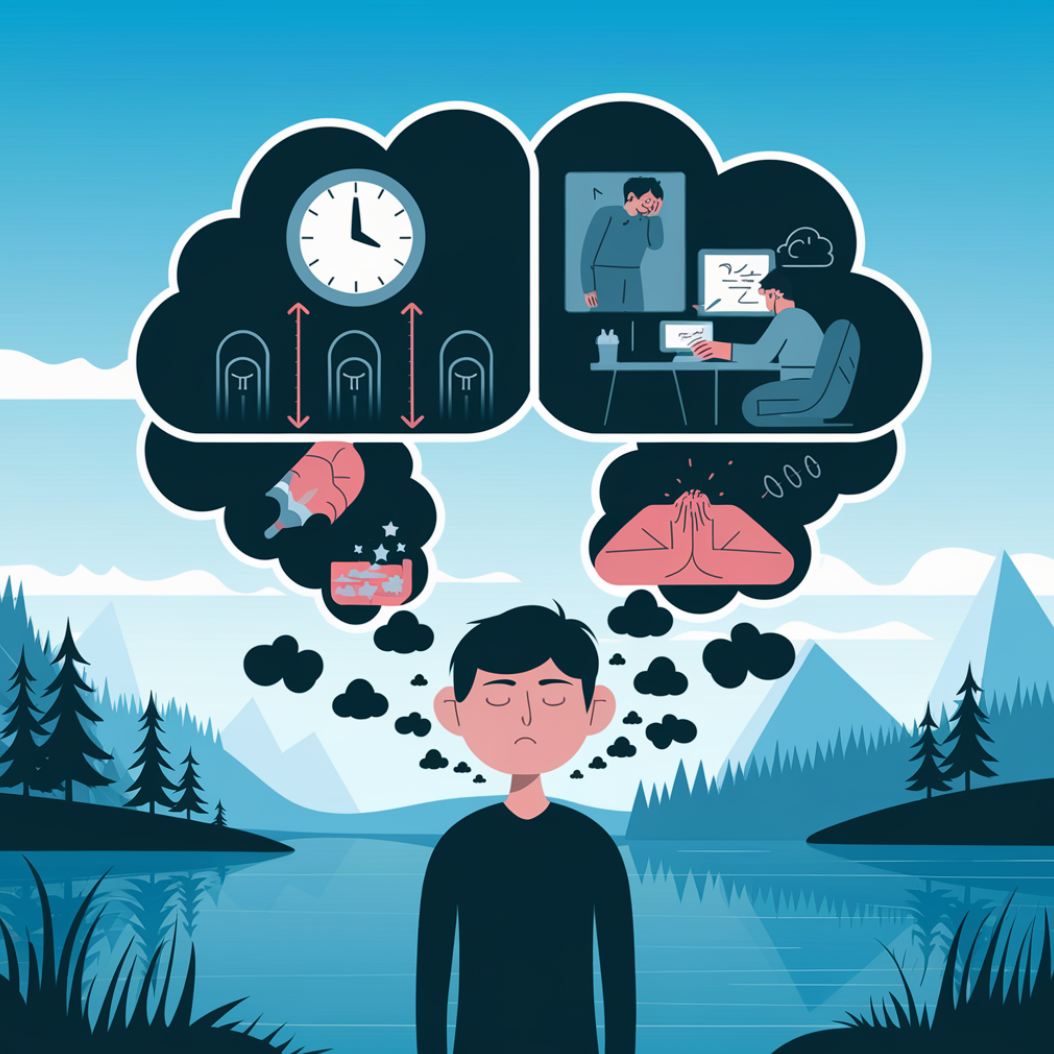Natural light plays a crucial role in shaping the learning environment, directly impacting students’ mood, focus, and overall well-being. Schools that maximize daylight exposure create spaces that are not only inviting but also conducive to learning and cognitive development. From improved concentration to a more positive mood, natural light through windows can have a transformative effect on the classroom experience. This article explores the benefits of natural light in educational settings and how it positively affects students’ mood and focus.
1. Boosting Mood and Reducing Stress
Exposure to natural light is associated with the release of serotonin, a neurotransmitter that promotes feelings of happiness and calm. Bright, naturally lit spaces have been shown to improve mood and reduce stress levels, creating a more relaxed and positive learning environment.
- Impact on Students: When students are exposed to natural light, they are more likely to feel calm, happy, and engaged. This can lead to better interactions with peers and teachers, creating a positive classroom atmosphere.
- Supporting Evidence: Studies indicate that classrooms with ample natural light see lower levels of stress and anxiety among students, which positively impacts both behavior and learning outcomes.

2. Enhancing Concentration and Focus
Natural light helps regulate the body’s internal clock, or circadian rhythm, which is essential for maintaining focus and alertness. Bright daylight promotes wakefulness, helping students stay attentive and mentally sharp throughout the school day.
- Impact on Students: Exposure to natural light keeps students more alert, reducing drowsiness and boosting cognitive function. This is particularly helpful for tasks that require sustained attention, such as reading and problem-solving.
- Supporting Evidence: Research shows that students in well-lit classrooms perform better on tests and tasks that require concentration, highlighting the link between natural light and cognitive performance.
3. Reducing Eye Strain and Fatigue
Artificial lighting, especially fluorescent lights, can cause eye strain and fatigue, leading to discomfort and reduced productivity. Natural light, on the other hand, is easier on the eyes and reduces the likelihood of eye strain, allowing students to focus on tasks without discomfort.
- Impact on Students: By reducing eye strain, natural light enables students to work comfortably for longer periods, enhancing their ability to stay focused on assignments, reading, and screen work.
- Supporting Evidence: Studies have shown that natural light reduces eye strain compared to artificial lighting, which can help students avoid headaches, blurred vision, and fatigue.
4. Supporting Physical Health and Reducing Absenteeism
Natural light exposure contributes to the body’s production of vitamin D, which supports immune health and overall physical well-being. A healthier student population translates to fewer absences, ensuring that students can fully participate in learning activities and stay on track academically.
- Impact on Students: Healthier students with regular attendance are better positioned to succeed academically and socially, as they can fully engage in the classroom and extracurricular activities.
- Supporting Evidence: Research indicates that natural light contributes to fewer sick days and improved health outcomes, which benefits both students and schools by reducing absenteeism and maintaining classroom continuity.

5. Increasing Energy Levels and Motivation
Natural light stimulates the production of endorphins, the body’s “feel-good” hormones, which can increase energy levels and motivation. Bright, well-lit classrooms create an inviting space where students feel energized and ready to engage in lessons.
- Impact on Students: Increased energy levels contribute to greater classroom participation, higher motivation, and a more active approach to learning. Students are more likely to take part in discussions, group activities, and hands-on projects.
- Supporting Evidence: Studies suggest that students exposed to natural light are more motivated and engaged, leading to improved academic outcomes and a greater sense of accomplishment.
6. Regulating Sleep Patterns for Better Performance
Natural light exposure during the day helps regulate sleep patterns by supporting a healthy circadian rhythm. Students who receive adequate daylight are more likely to experience restful sleep, which in turn improves focus, memory, and overall cognitive performance.
- Impact on Students: Better sleep leads to improved mood, better attention span, and enhanced memory retention—all critical factors for academic success.
- Supporting Evidence: Studies have linked exposure to natural light with better sleep quality, highlighting the importance of daylight for both mental and physical well-being.
7. Creating a Positive and Inviting Learning Environment
Classrooms with natural light feel more open, welcoming, and visually pleasing, which can enhance the overall school experience for students. Bright, sunlit spaces are associated with positivity and creativity, making students feel more comfortable and engaged.
- Impact on Students: An inviting environment improves students’ outlook on school, encouraging attendance, participation, and a positive attitude toward learning.
- Supporting Evidence: Environmental psychology research indicates that students are more likely to enjoy and engage in classrooms with ample natural light, creating a lasting positive impact on their educational experience.

Best Practices for Maximizing Natural Light in Schools
- Design Classrooms with Large Windows
Schools can optimize natural light by incorporating large windows in classroom design. South-facing windows maximize daylight exposure throughout the day, while window coverings can control glare when needed. - Use Light-Reflective Surfaces
Light-colored walls and ceilings help reflect sunlight, spreading natural light throughout the classroom and reducing the need for artificial lighting. - Incorporate Skylights
In classrooms where windows are limited, skylights provide a powerful source of natural light, creating a bright, even distribution of daylight across the room. - Install Low-E Glass Windows
Low-E (low emissivity) windows filter harmful UV rays while allowing natural light to enter. This reduces glare and heat gain, making classrooms comfortable without sacrificing daylight. - Implement Adjustable Shades and Blinds
Adjustable shades or blinds allow teachers to control the amount of light entering the room, especially during peak sunlight hours. This flexibility helps maintain optimal lighting conditions for different activities.
Conclusion
Natural light is a vital component of a healthy and effective learning environment. By enhancing mood, improving focus, and supporting physical health, natural light through windows positively affects students’ overall educational experience. Schools that prioritize daylight exposure in classroom design create spaces that foster engagement, well-being, and academic success. Embracing natural light in schools is a powerful, sustainable way to enhance both the physical environment and the learning outcomes for students.


